Data trust and the evolution of enterprise analytics in the age of AI
CIO Business Intelligence
APRIL 9, 2025
The foundational tenet remains the same: Untrusted data is unusable data and the risks associated with making business-critical decisions are profound whether your organization plans to make them with AI or enterprise analytics. Like most, your enterprise business decision-makers very likely make decisions informed by analytics.





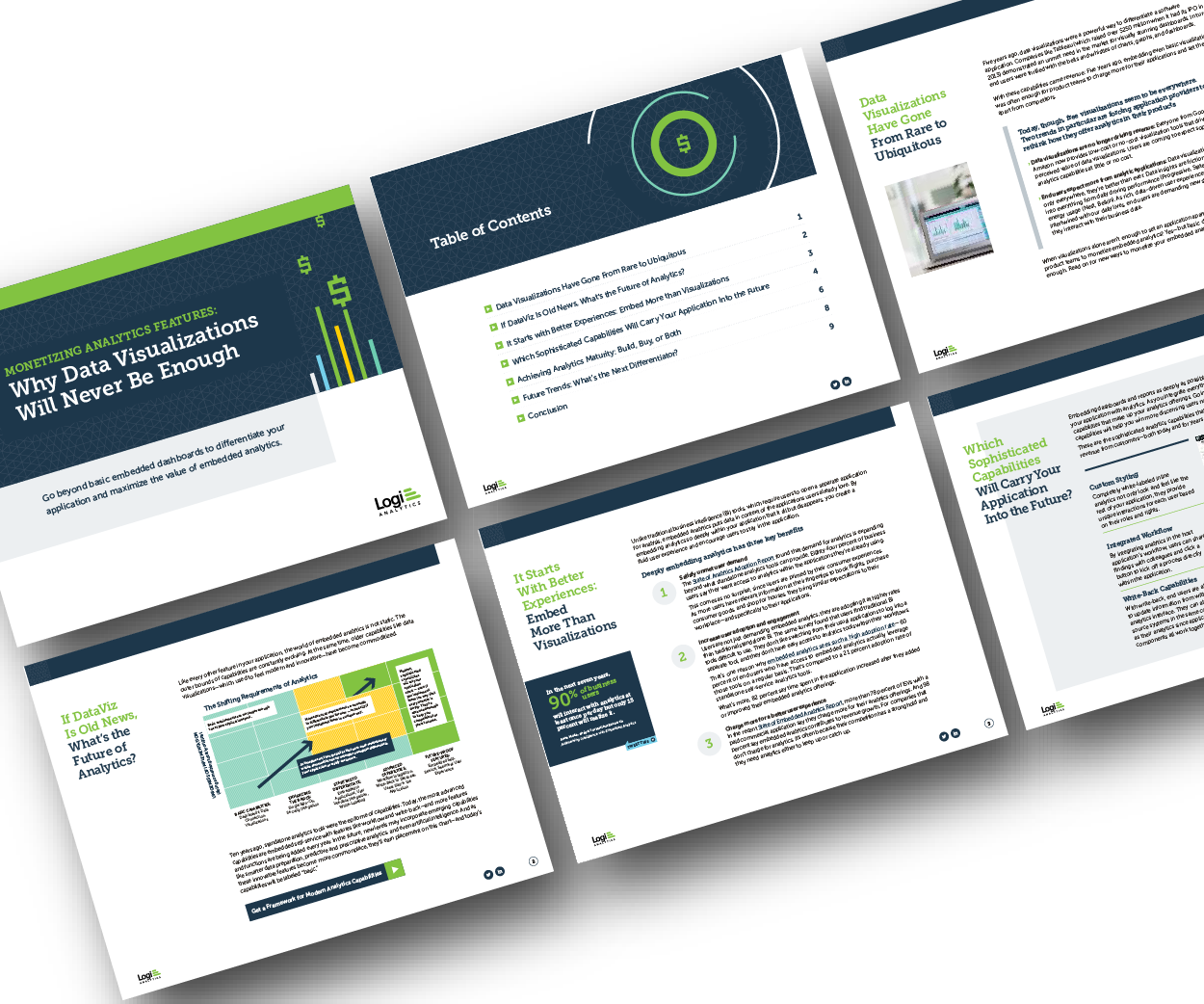





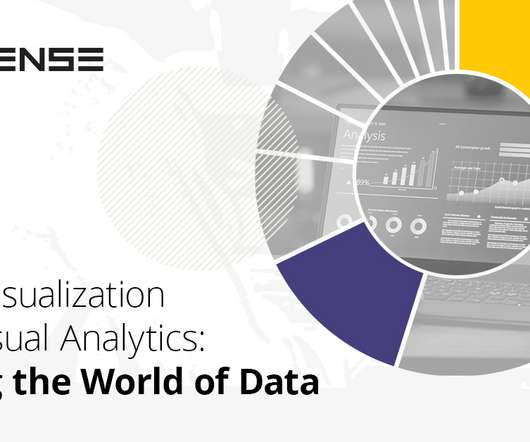
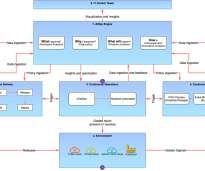
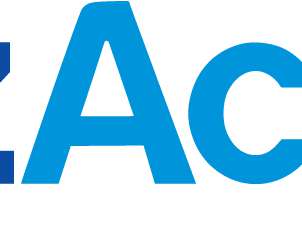


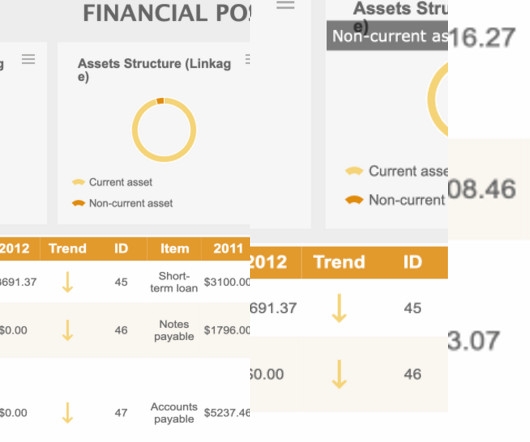


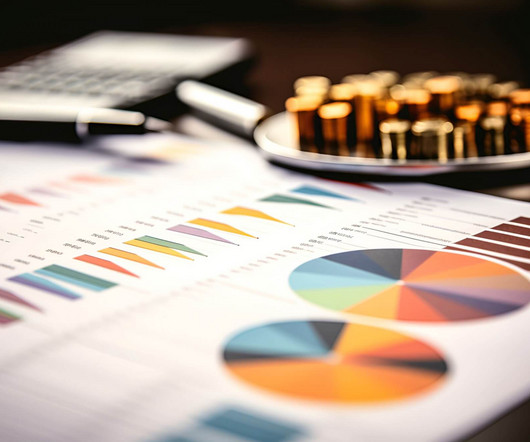
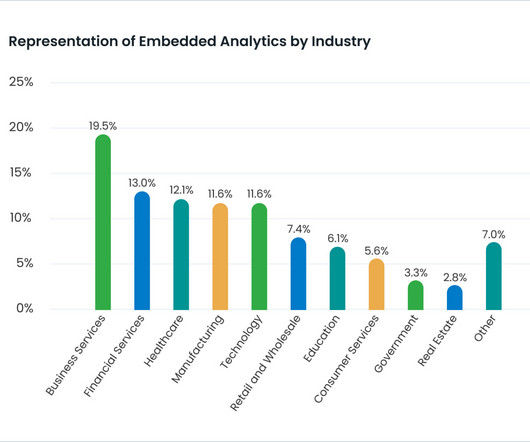








Let's personalize your content